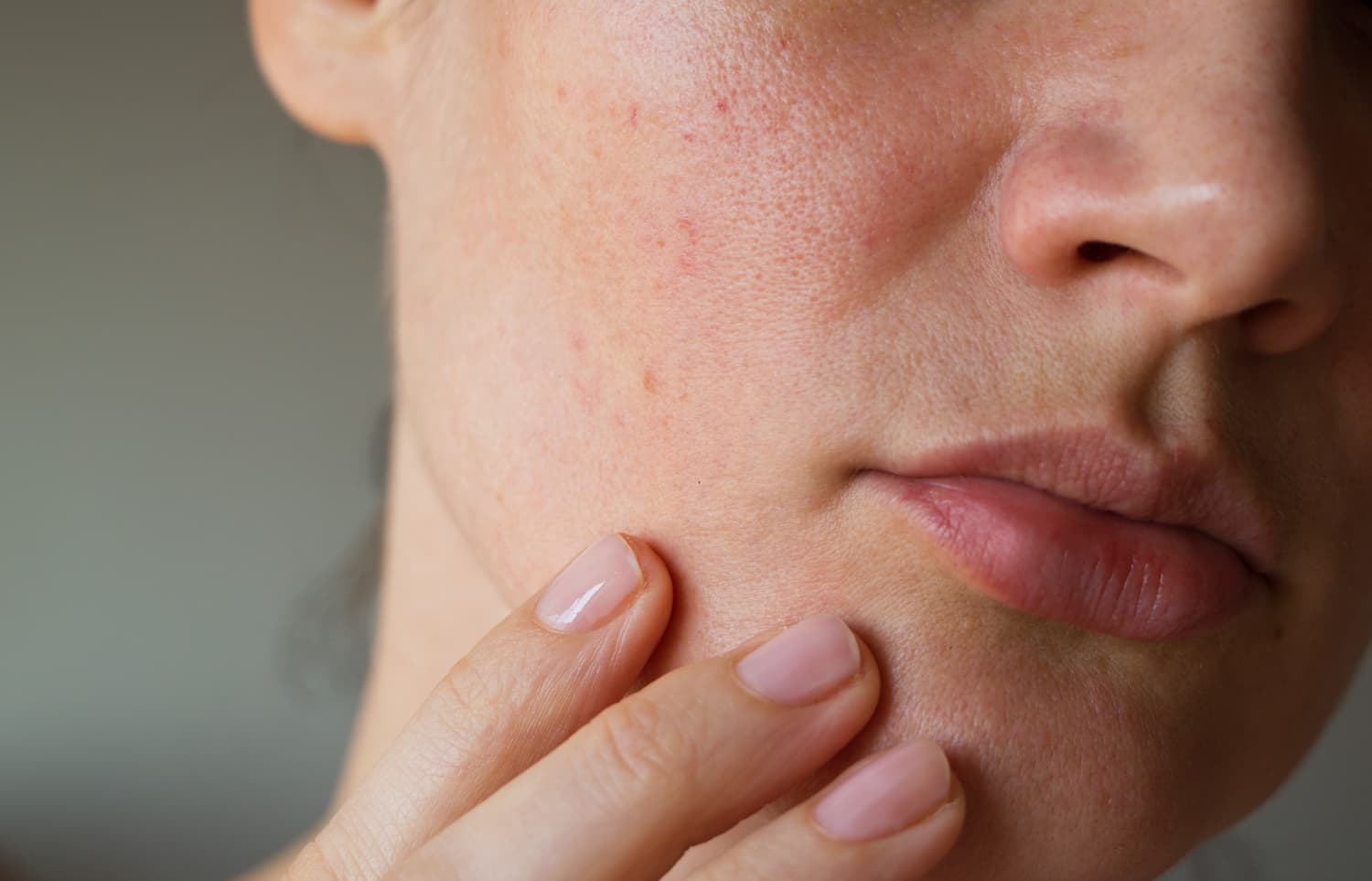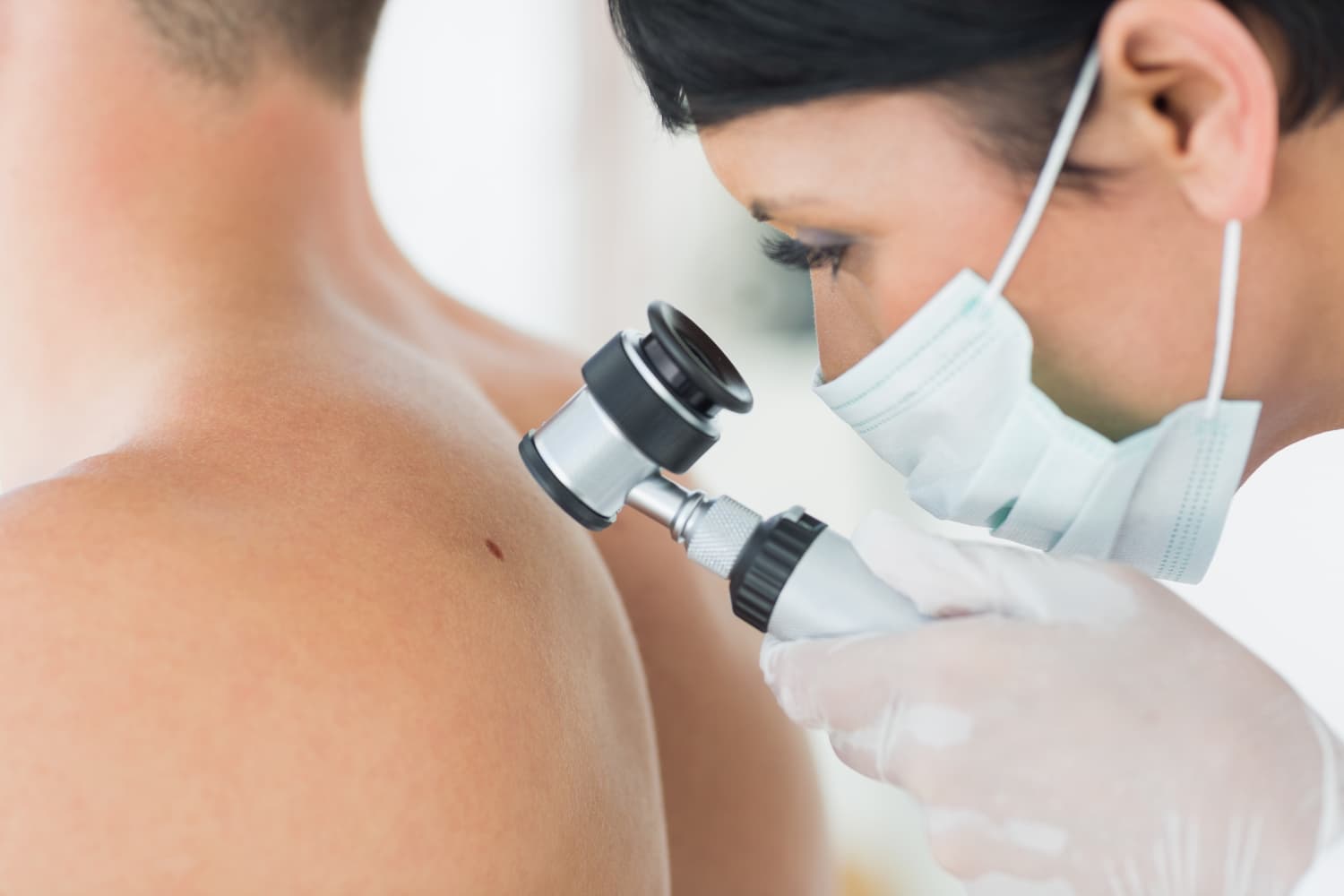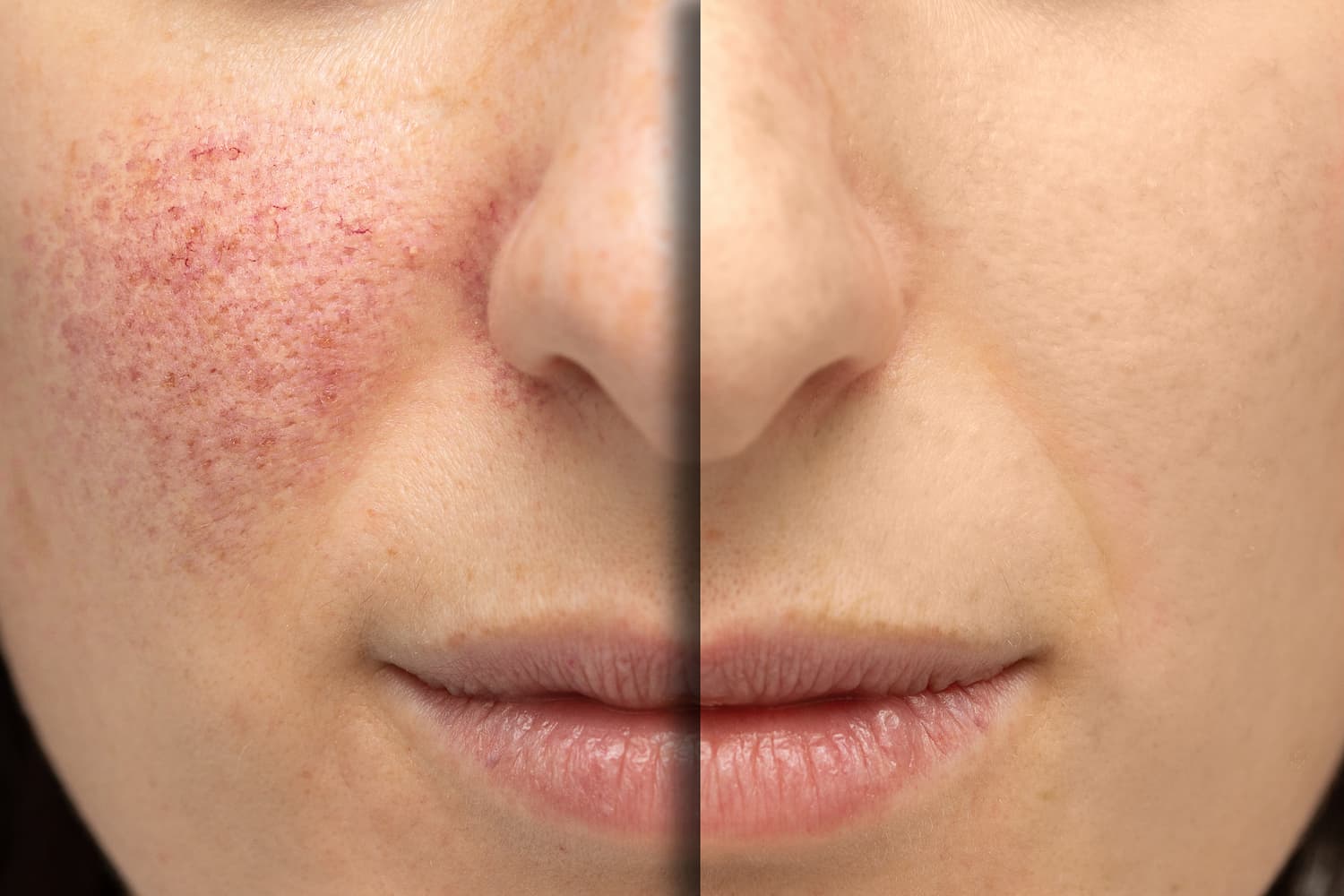People who live in Phoenix, also lovingly known as the Valley of the Sun, are susceptible to the sun 296 days out of the year.
Even though we may not get sunny days every single day of the year, that doesn’t mean we aren’t exposed to sun damage even on the occasional cloudy day. On an overcast day, the clouds may block the sunlight but that doesn’t mean they block the rays that cause the skin damage.
Apply Sunscreen Everyday
The clouds may reduce the amount of UVA and UVB rays, but they don’t block them completely. This is why it is so important to wear broad-spectrum sunscreen even on a cloudy day! When asked about why he encourages his patients to wear sunscreen 365 days a year, Affiliated Dermatology’s Dr. Mitchell Manway responded with:
Even though most sun damage may result from the strong rays during spring and summertime, Dr. Manway stresses to his patients that they should be monitoring their skin all year long for any changes, stating:
These symptoms are uncomfortable and common signs of skin conditions like eczema, sunburns, psoriasis, or even a lack of hydration in the skin. If your skin gets worse or you notice spots that may look different, this could be an indication of something more serious.
Keep an Eye On Your Skin
Another way of monitoring your moles is to learn to look for the ABCDEs. This acronym stands for asymmetry, borders, color, diameter, and evolving. Dr. Manway shares that between annual skin exams, you should be checking your moles at home every month using the “ABCDE” rule.
When you are looking for asymmetry, this means that one half of the mole does not match the other. Borders of a spot should be even all the way around, but if the outer edges are uneven or rigid, you will want to make an appointment to get it evaluated. A normal mole should all be one color like brown or dark brown, and it should not have different shades ranging throughout the spot. When examining the mole, look at its diameter. If the diameter is bigger than a pencil eraser, the spot should be examined by a dermatologist. Lastly, make note of a mole if you start noticing that its shape, size, or color is changing over time.
You should be looking for these changes regularly, especially if you have a family history of skin cancer. If you have noticed any of these changes, it’s best to make an annual skin exam with one of our providers.
How to Reduce Visible Signs of Sun Damage
Signs of sun damage can show up in a variety of different ways and they can develop long after your time in the sun. The most common signs of sun damage include sunburns, dark spots, wrinkles, rosacea, and rough patches of skin. Our medical aesthetic providers also offer many treatments that can help your skin recuperate from any sun damage you may have endured over the years. Along with a customized treatment plan, they will also be able to recommend medical-grade skincare products that will be able to help reverse the visible signs of sun damage.
If you have sun spots, try a chemical peel. We know that there can be some stigma surrounding chemical peels, but they aren’t as scary as they may appear. Chemical peels are a great way to stimulate natural collagen production to help develop new healthy skin cells. With this new cell turnover, it can help sunspots fade and lighten over time. The best part is that after receiving a peel, you might not necessarily expect to peel. At our practice, we offer a variety of different peels from SkinMedica, PCA Skin, and The Perfect Derma Peel that all range from different levels of intensity. Even if you have sensitive skin, we have a peel for you! Our providers recommend allowing optimal time before a big event to ensure the best post-peel glow.
Another great option to help minimize the appearance of sun damage is with a HydraFacial. This popular treatment uses a unique, patented Vortex-Fusion delivery system to exfoliate, extract and hydrate skin. The spiral design delivers painless extractions. Ninety percent of skin damage is caused by sun exposure and with the help of HydraFacial’s peptides and antioxidants that are fused into the skin, your cells can start repairing themselves faster. HydraFacials have been proven to help visibly reduce the appearance of fine lines, wrinkles, dark spots, and hyperpigmentation. This treatment is perfect for any skin type, especially if you have clogged pores, enlarged pores, and/or mild acne. When your HydraFacial is done, you’ll be able to see all the dead skin, blackheads, dirt, oil and more that was habiting your pores. After just one HydraFacial, you’ll be glowing!
For acne scars that have worsened from sun damage, we have SkinPen microneedling to improve dark spots. SkinPen creates controlled micro-injuries to stimulate the body’s natural wound-healing process, while minimizing cellular damage. The result is effective remodeling of scar tissue, while keeping the overall structure of the skin intact.
Our Dermatologists’ Top Sunscreens
Remember, even on cloudy or cold days, you still need to be wearing your sunscreen! To protect you from the sun’s harmful rays, check out some of our provider’s favorite sunscreens below.
SkinMedica Essential Defense Mineral Shield SPF 35
A top-rated mineral SPF and winner of Best Mineral Face Sunscreen of 2019 by Good Housekeeping, this SkinMedica® titanium dioxide, and zinc oxide blend applies smoothly and lightly, with no greasy or sticky residue.
This sunscreen is a favorite among both providers and patients due to the non-greasy, oil-free, and lightweight formula. Elta MD SPF 46 is also non-comedogenic which means it won’t clog your pores and is a great option for those who struggle with acne breakouts.
If you’re looking for something with a tint that you can wear for a day at the pool, the PCA Skin Sheer Tint is for you. This sunscreen is water-resistant while also fighting free-radical damage with the help of ubiquinone, a powerful antioxidant.
Colorescience Brush-On Sunscreen SPF 50
This is a must-have to throw into your purse, backpack, or even your car. The packaging makes this sunscreen effortless to re-apply on the go without the mess of traditional sunscreen. While offering protection from the sun, Colorescience Brush-On Sunscreen also protects your skin from pollution, blue light, and infrared radiation.
Sente is known for its medical-grade skincare, and their sun defense line is just as good. The Invisible Shield offers a physical barrier from rays, without the harsh chemical filters. We love this one because it also offers environmental protection from pollution as well as blue light.
If you’ve noticed any changes in your skin or moles, book an appointment with one of our dermatologists at one of our valley-wide locations across Phoenix. If you’re looking to help reduce the appearance of sun damage such as brown spots or wrinkles, schedule a complimentary consultation with one of our aesthetic providers.






